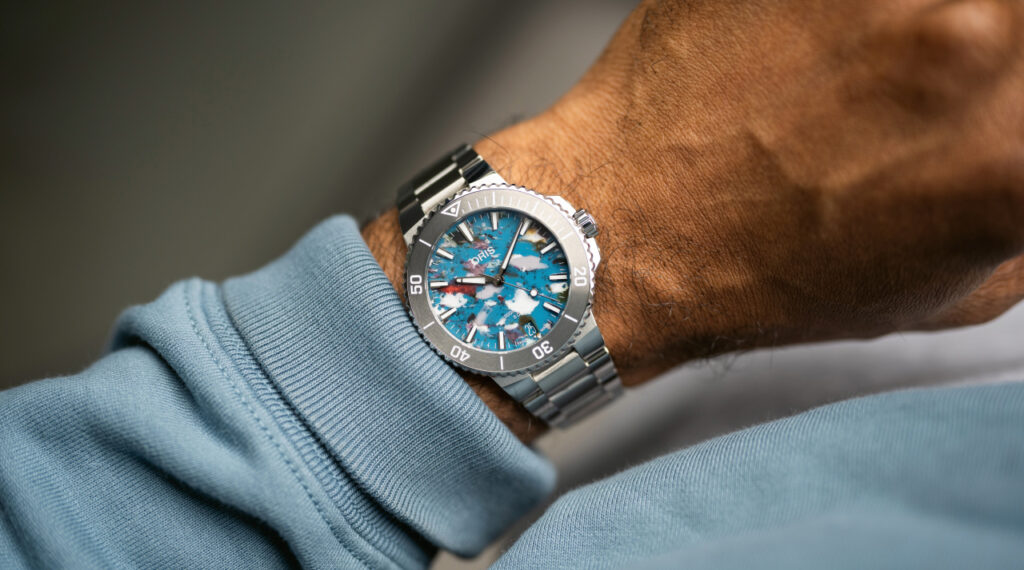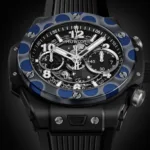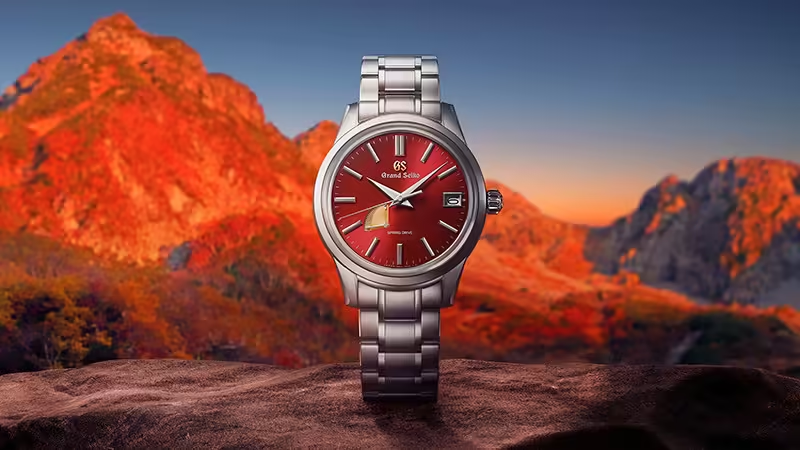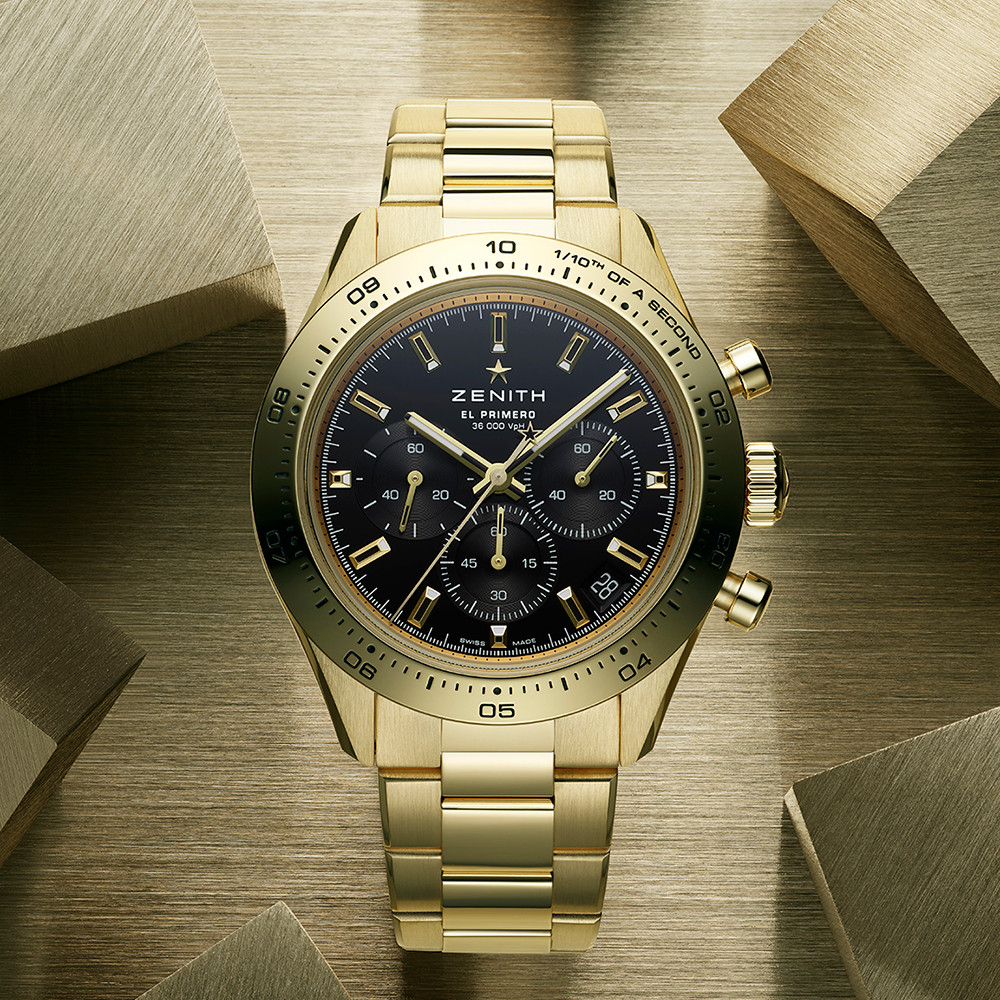


Introduction
The watch industry is increasingly adopting sustainable practices as global awareness of environmental challenges grows. This shift is evident across various aspects of production, from the materials used in watchmaking to the packaging of the final product. This article explores how watch brands are implementing sustainable practices, profiles leaders in the movement, and offers a critical perspective on the industry’s progress.
Sustainable Materials: Recycled and Ethical Sourcing
Recycled Materials in Watchmaking
One of the most prominent trends in sustainable watchmaking is the use of recycled materials. Brands are turning to recycled metals, plastics, and other resources to create their products, significantly reducing the demand for new raw materials. This approach not only lessens the environmental impact of manufacturing but also contributes to waste management efforts.
For instance, some watchmakers are using recycled stainless steel, which provides the same durability and aesthetic appeal as newly mined steel but with a lower environmental footprint. Recycled plastics, particularly those recovered from oceans, are also being incorporated into watch components like straps, further demonstrating the industry’s commitment to sustainability.
Ethical Sourcing of Raw Materials
Ethical sourcing is another crucial aspect of sustainability in the watch industry. Companies are increasingly focused on ensuring that the raw materials they use are obtained in a socially and environmentally responsible manner. This includes sourcing precious metals like gold and silver, as well as gemstones, under conditions that respect human rights and minimize environmental harm.
Many watch brands adhere to certifications such as Fairmined or Fairtrade, which guarantee that materials are extracted with minimal environmental impact and under fair working conditions. This ethical approach helps prevent the exploitation of workers in mining communities and reduces the ecological damage associated with resource extraction.
Eco-Friendly Packaging
Reducing Packaging Waste
Packaging has traditionally been a resource-intensive aspect of luxury watchmaking, often involving non-recyclable materials and excessive waste. However, the industry is increasingly moving towards more sustainable packaging solutions, such as using recycled cardboard, biodegradable plastics, and reusable packaging options. These changes aim to reduce waste and lower the carbon footprint associated with packaging production and transportation.
Innovations in Packaging Design
Innovations in packaging design are also contributing to the industry’s sustainability efforts. Some brands are developing packaging that serves multiple purposes, such as doubling as a storage box or display case, which extends the life of the packaging and reduces material use. Others are adopting minimalistic designs that require fewer resources while maintaining the premium feel expected in the luxury market.
Leading Brands in Sustainability
Breitling


Breitling has been a notable player in the sustainability movement within the watch industry. The brand has implemented several eco-friendly practices, including the use of recycled materials and ethical sourcing. Breitling’s commitment to sustainability is also reflected in its packaging, which has been redesigned to minimize environmental impact by using recycled materials and reducing unnecessary components.
Panerai
Panerai is recognized for its extensive use of recycled materials, particularly in its watch cases, straps, and packaging. The brand’s innovative use of EcoTitanium™ and recycled PET straps highlights its dedication to reducing environmental impact. Panerai also emphasizes transparency in its sustainability initiatives, providing detailed reports on its progress.
IWC Schaffhausen
IWC Schaffhausen has long been a pioneer in adopting sustainable practices, focusing on ethical sourcing and carbon footprint reduction. The brand’s use of recycled materials and commitment to sourcing gold and other metals responsibly have set a benchmark in the industry. IWC’s ongoing efforts to enhance sustainability are well-documented, making it a leader in this area.
Oris

Oris has integrated sustainability into its brand identity, particularly through its use of recycled ocean plastics in limited-edition watches. The brand also supports various environmental initiatives aimed at ocean conservation, reinforcing its commitment to protecting marine ecosystems. Oris’s approach to sustainability extends beyond its products, influencing its broader corporate strategy.
A Critical Perspective on the Industry’s Progress
While the adoption of sustainable practices by watch brands is commendable, it is important to critically assess the depth and impact of these initiatives.
Greenwashing Concerns
One concern is the potential for “greenwashing,” where brands promote minor or superficial eco-friendly practices to appear more sustainable without making significant changes to their overall operations. This can mislead consumers who are increasingly looking for genuinely sustainable products. While many brands are making tangible efforts, the risk of greenwashing remains, especially as sustainability becomes a key marketing tool in the luxury sector.
Limited Scope of Sustainability
Another critical point is the limited scope of sustainability efforts in the industry. While some brands are making progress in areas like packaging and material sourcing, other aspects of the supply chain, such as energy consumption and emissions during manufacturing, receive less attention. To achieve true sustainability, the industry must address the environmental impact of all stages of production, from raw material extraction to the final product’s lifecycle.
Consumer Behavior and Market Pressure
Lastly, there is the issue of consumer behavior. While there is growing demand for sustainable products, the luxury watch market is still driven by exclusivity and prestige, often associated with resource-intensive production processes. Brands face the challenge of balancing sustainability with the expectations of a market that values tradition and luxury. The extent to which consumer demand will drive deeper sustainability commitments remains uncertain.
Conclusion
The shift towards sustainable practices in the watch industry is a positive development, reflecting broader trends in environmental awareness. Brands like Breitling, Panerai, IWC Schaffhausen, and Oris are leading the way by adopting recycled materials, ethical sourcing, and eco-friendly packaging. However, a critical examination reveals that while progress is being made, challenges such as greenwashing, the limited scope of sustainability initiatives, and consumer behavior must be addressed to ensure meaningful impact.
As the industry continues to evolve, it will be crucial for watch brands to expand their sustainability efforts across all aspects of their operations, ensuring that their commitment to the environment is both genuine and comprehensive.







